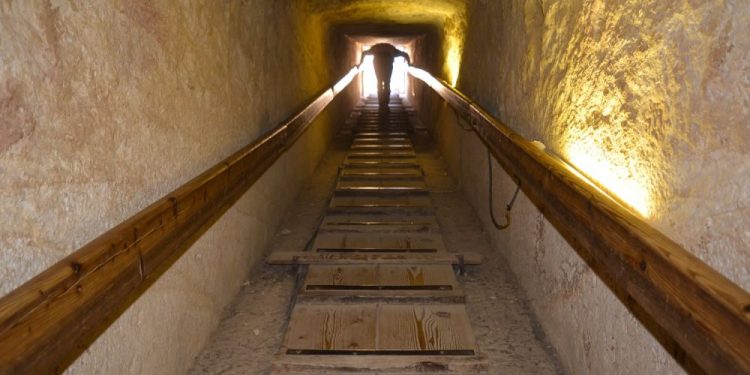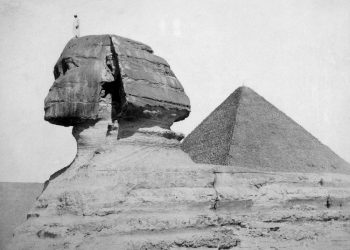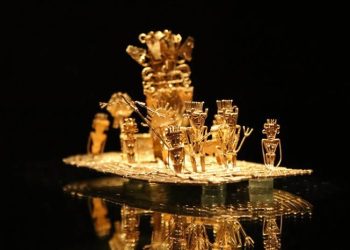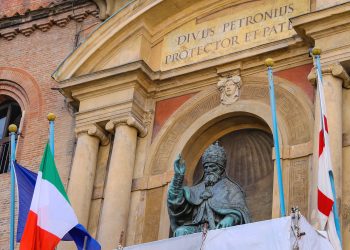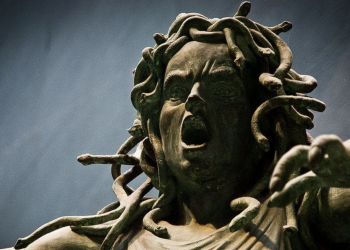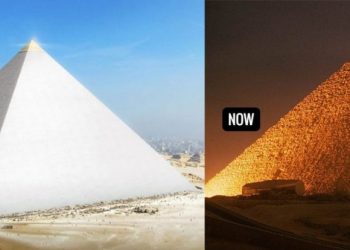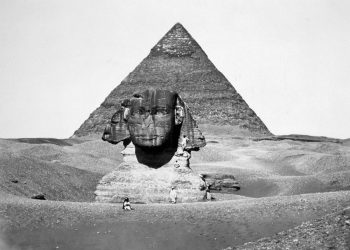Of all the pyramids on the planet, the ones built in Egypt are by far the most mysterious. Its not just because we know so little about the ancient Egyptian structures, its because these massive constructions are found scattered across Egypt.
Egyptologists have maintained, for most of the academic research, that ancient Egyptian Pharaohs built pyramids, starting from Pharaoh Djoser as Tombs. They say that starting with King Djoser, and his royal Architect Imhotep, pyramid building was started in Egypt abruptly. Before pyramids were built in Egypt, the Pharaohs and royalty were buried in massive structures called mastabas.
A mastaba or pr-djt, which translated means house of eternity or eternal house in ancient Egyptian, was a type of ancient Egyptian tomb. It had a rectangular shape, with inward sloping sides, topped with a flat roof, and made out of mud bricks that were gathered from the Nile River.
The Idea of pyramids
The idea that Pharaohs and royalty were buried inside mastaba tombs makes sense just because of the ancient Egyptian meaning for the word mastaba (pr-djt): the house of eternity or eternal house.
Mastabas were built during Egypt’s pre-Dynastic Period, and the Old Kingdom. And even where the pyramids began to be built, also during the Old Kingdom, the ancient Egyptians did not stop building mastabas as eternal resting places. The mastaba-building process continued for thousands of years, even after the pyramids were built.
Just as many other structures and buildings in ancient Egypt, the Mastaba buildings evolved over time.
As revealed by scholars, during the 1st Dynasty, a mastaba was built, imitating house plans of various rooms, a central one holding the sarcophagus and others encompassing it to receive the rich funerary offerings. The entire structure was built in a shallow pit above which a brick superstructure covered a large area.
Typical 2nd and 3rd Dynasty mastabas were built as “stairway mastabas.” The tomb chamber sank deeper than before and was attached to the top with an inclined shaft and set of stairs.
The interior of the mastaba featured a deep chamber dug into the ground and lined with stone and bricks. The burial chambers of the structures were cut deep, till they passed the bedrock, and were lined with wood.
The builders would include a second hidden chamber called a serdab which was used as a kind of cellar to store artifacts and goods that were considered essential for the comfort of the deceased in the afterlife.
Mastabas were built even after Pharaohs started building pyramids. This historical fact is evident at the Giza plateau, which features at least 150 mastaba tombs built alongside pyramids.
If Pharaohs built pyramids as tombs, why didn’t the nobility build pyramids for themselves, just on a smaller scale? Why is it that we don’t see smaller pyramids scattered across the landscape, used for tombs? Instead of that, we see a little over one hundred pyramids which were thought to have been built over more than one thousand years.
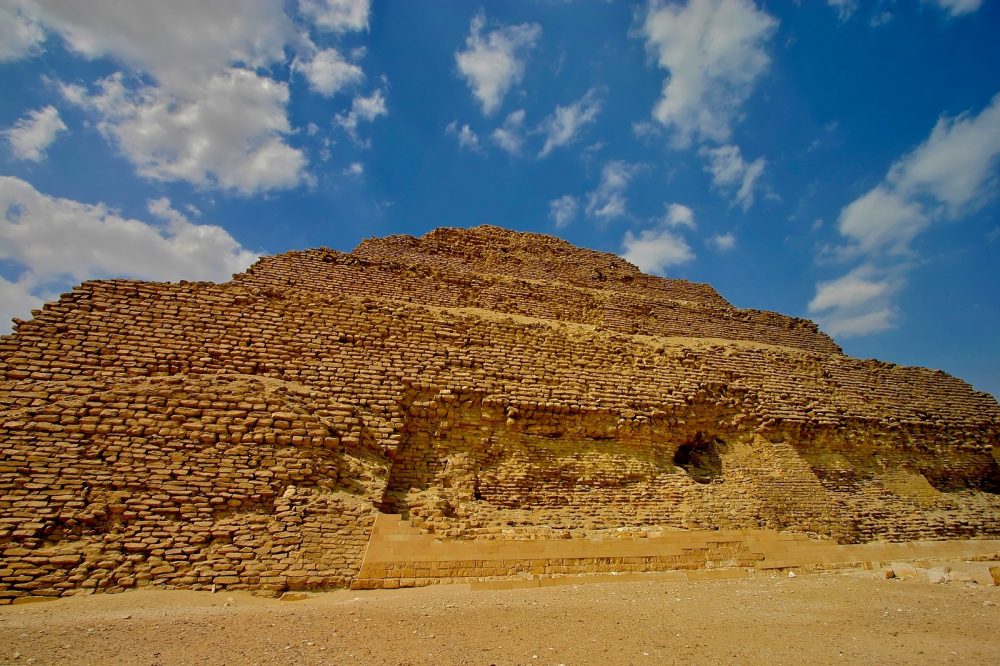
The Step Pyramid, an evolution of Mastabas?
The evolution of Egyptian architecture began around 2,780 BC when Imhotep wrote a new page in ancient Egyptian architecture. Although Djoser followed the tradition of building a mastaba as his eternal resting place, Djoser is believed to have commissioned a structure unlike any other. The man who would lead the construction process was Imhotep, a young architect who had “revolutionary” ideas that Djoser quickly recognized.
Imhotep would plan and design a structure that started off as a traditional, although revolutionizing mastaba at Saqqara. There, the young architect, whose father was also an architect, built a mastaba of stone, the enclosure wall also of stone, and then superimposed one mastaba upon the other until they totaled six. The result was Djoser’s famous step pyramid, a structure that revolutionized Egypt in more ways than one.
Djoser’s Pyramid dominated the landscape, and the pyramid complex that made the pyramid complete was unlike any previous construction process attempted in ancient Egyptian history.
Eventually, as Egyptologists are inclined to believe, the complex built by Djoser became a kind of prototype building for later royal burials, all the way until the end of the third Dynasty when Pharaoh Sneferu revolutionized the pyramid architecture once again and attempted building (at Meidum) the first true pyramid.
Eventually, after several attempts and years of experimenting and learning, Pharaoh Sneferu finished the Red Pyramid which was ancient Egypt’s first true, smooth-sided pyramid It became the structure that laid down the foundations for future pyramid building in Egypt and the Great Pyramid of Giza that followed it not long after.
The purpose of the pyramids
But the exact reason for pyramids and their true purpose, which has been identified as a tomb, continues to be debated to this day. We know that Egyptian tombs grew more and more elaborate over time. But why they allegedly became pyramidal in shape remains unexplained. Perhaps their interiors will reveal more.
Scholars have offered numerous explanations. Some experts argue that the pyramid represented not more than an architectural development, an evolution of building style. But if that is the case, why did mastabas continue to be built all over Egypt, even after the last pyramid was built in Egypt? The answer continues to elude us, while experts maintain the pyramids as eternal resting places for the Pharaohs.
But if we turn to the interior of the pyramids, we find numerous controversial finds. If Pyramids were built as tombs, why were they left completely void of symbols, depictions, or hieroglyphics? Take the Great Pyramid of Giza s one example. This structure is believed to have been built to a height of 146.7 meters, with a total volume of 2,583,283 cubic meters (91,227,778 cu ft).
Today, void of its summit and casing stones, the Great Pyramid of Giza reaches toward the sky at a height of 138.8 meters. It was not only the biggest ever ancient Pyramid built but also the most complex. Archaeologists argue that to build the Great Pyramid. Its builders used 5.5 million tons of limestone, 8,000 tons of granite (from Aswan), and more than 500,000 tons of mortar.
It is believed that architect Hemiunu designed and planned the Great Pyramid, and he created a structure that would remain the most unique pyramid ever built in Egypt. The Great Pyramid of Giza is the only pyramid in Egypt that has eight sides. Experts have revealed that the accuracy of the pyramid’s workmanship is such that the four sides of the base have an average error of only 58 millimeters in length.
The Pyramid of Khufu was laid out with its sides oriented almost exactly true north–the greatest deviation being under 5′. In general, before building the foundations of the fourth dynasty pyramids at Giza, the workers ensured that major parts of the pyramid complexes would align. This need for orientation and level of precision was unseen prior to the fourth dynasty pyramids.
A cold interior
The builders made sure that the pyramids of Egypt were structures worthy of Gods, let alone Pharaohs. So why did they create pyramids so beautifully and carefully built on the outside, and decide not to do the same with the structure on the inside? Surely, they could imitate the beauty of the pyramid’s exterior and copy it into its interior. Today, the interior of pyramids is cold, dark, and unworthy of being called a tomb for a Pharaoh. Evidence of that is the following images.
Images of the pyramids
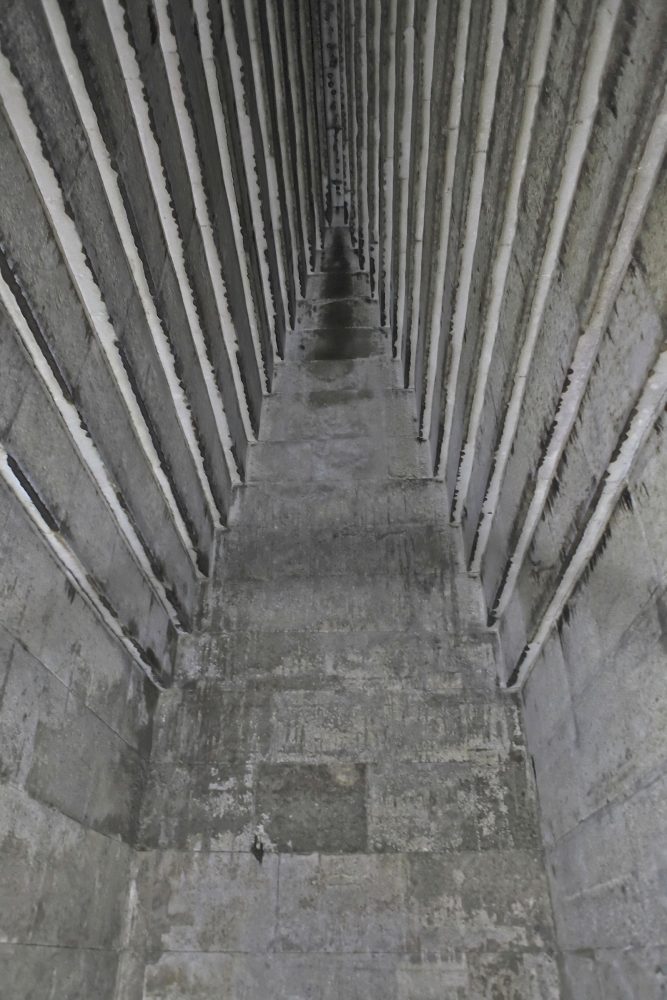
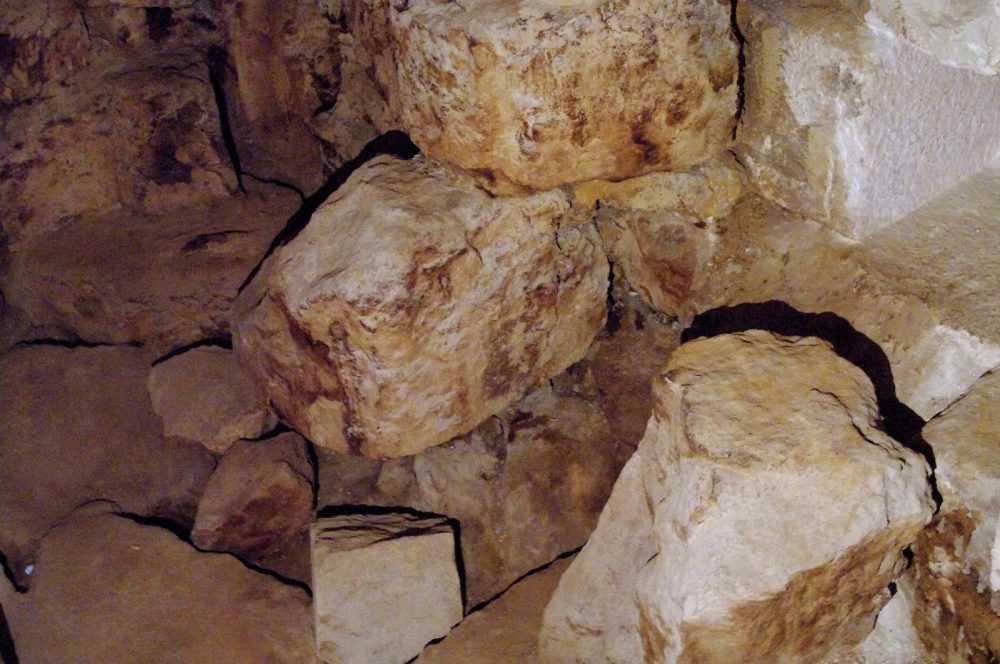
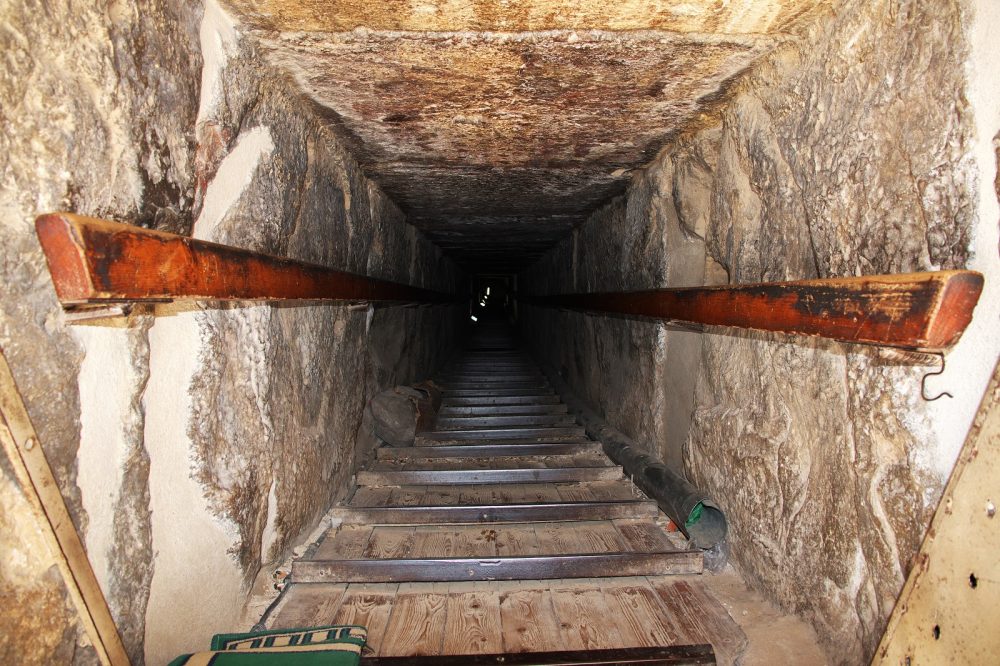
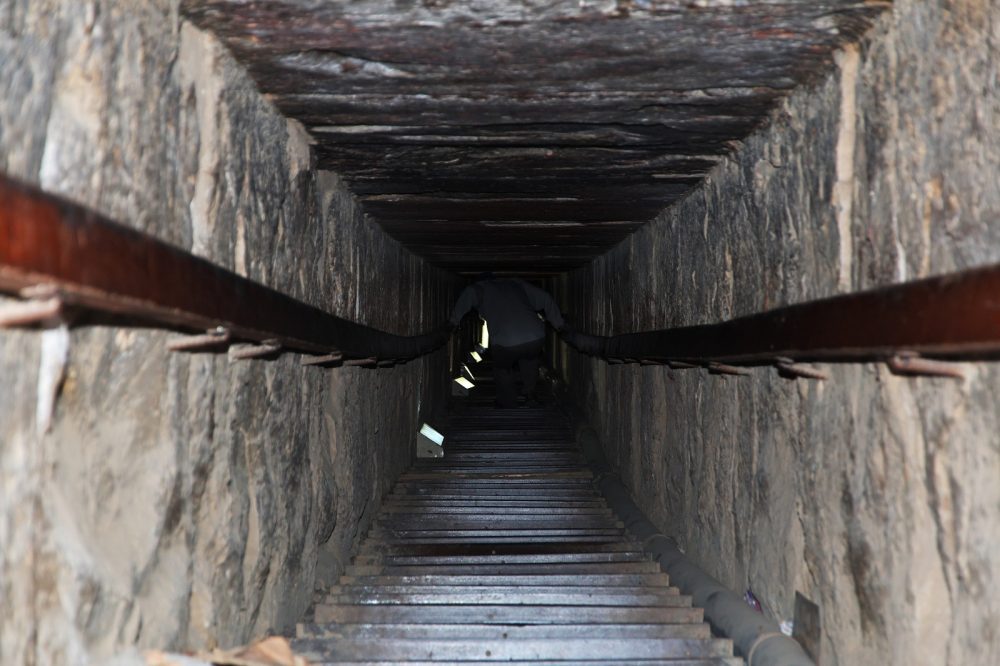
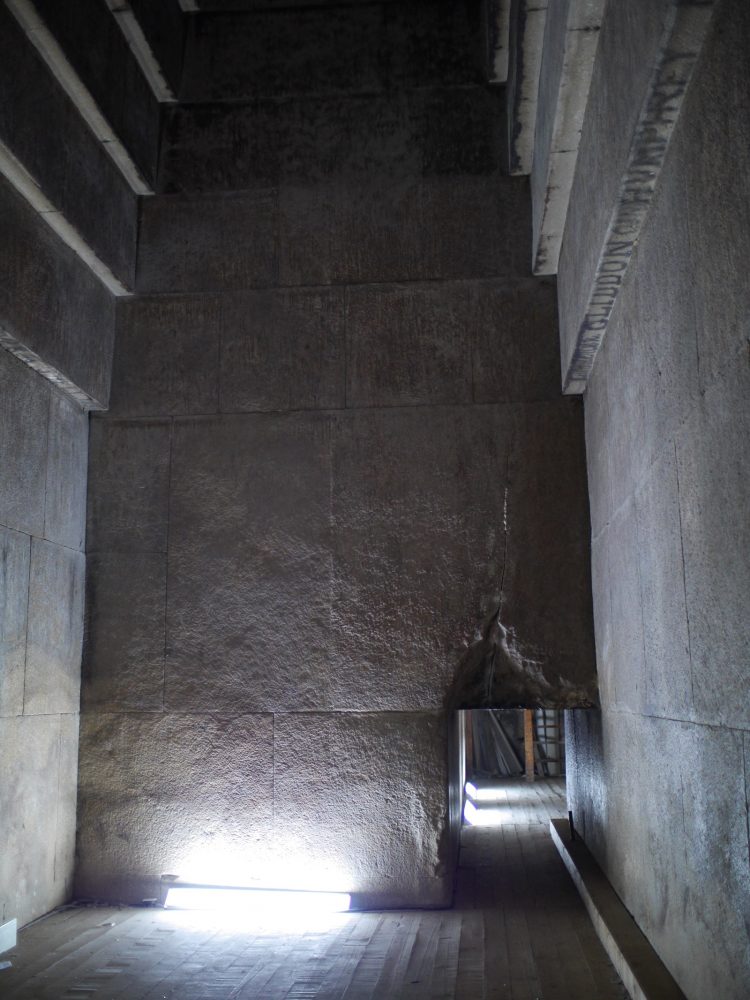
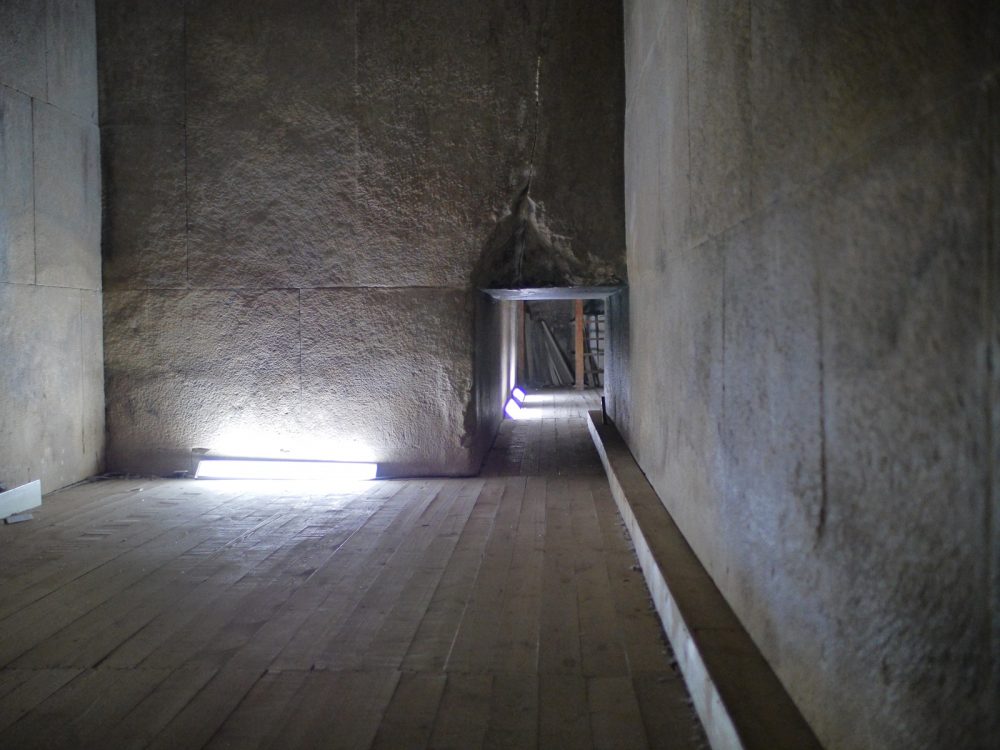
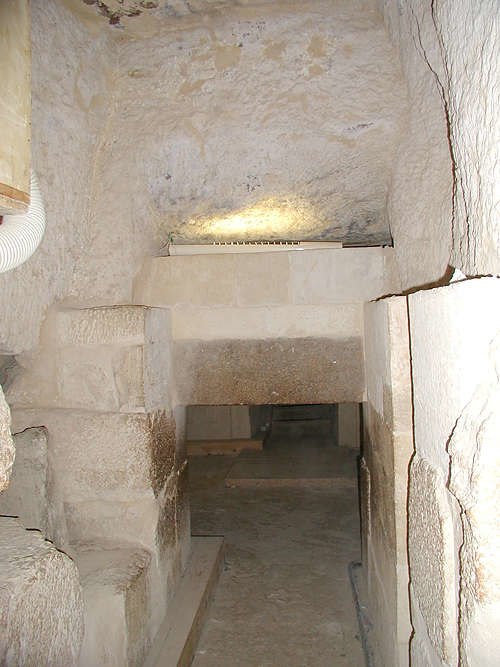
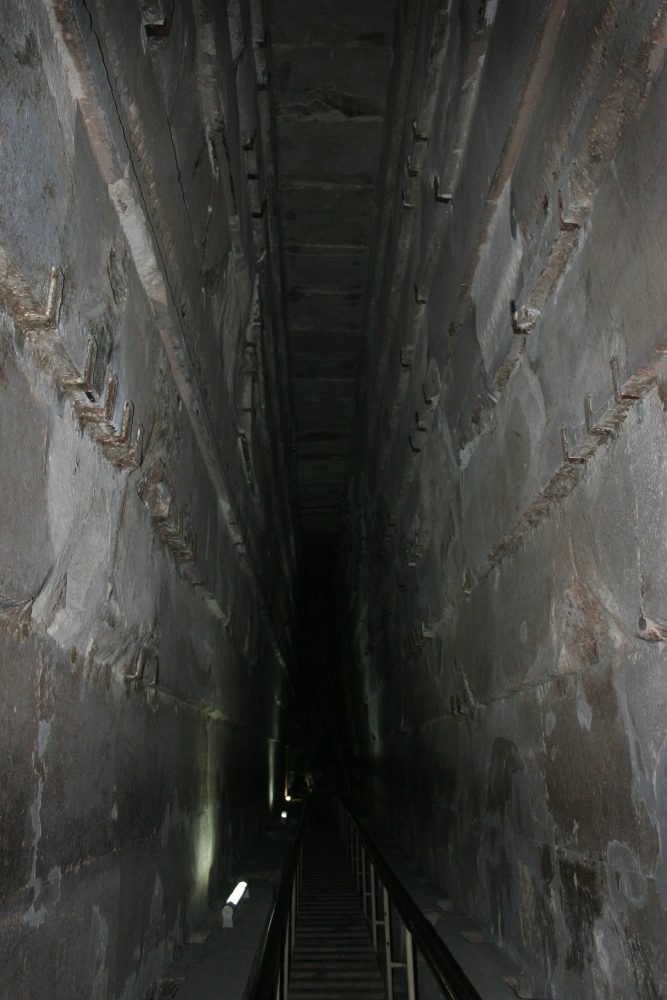
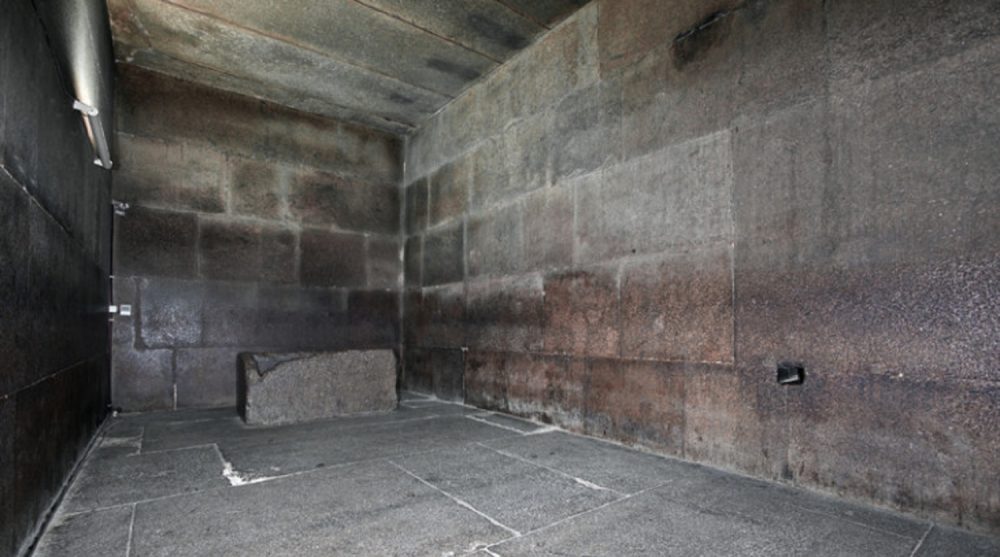
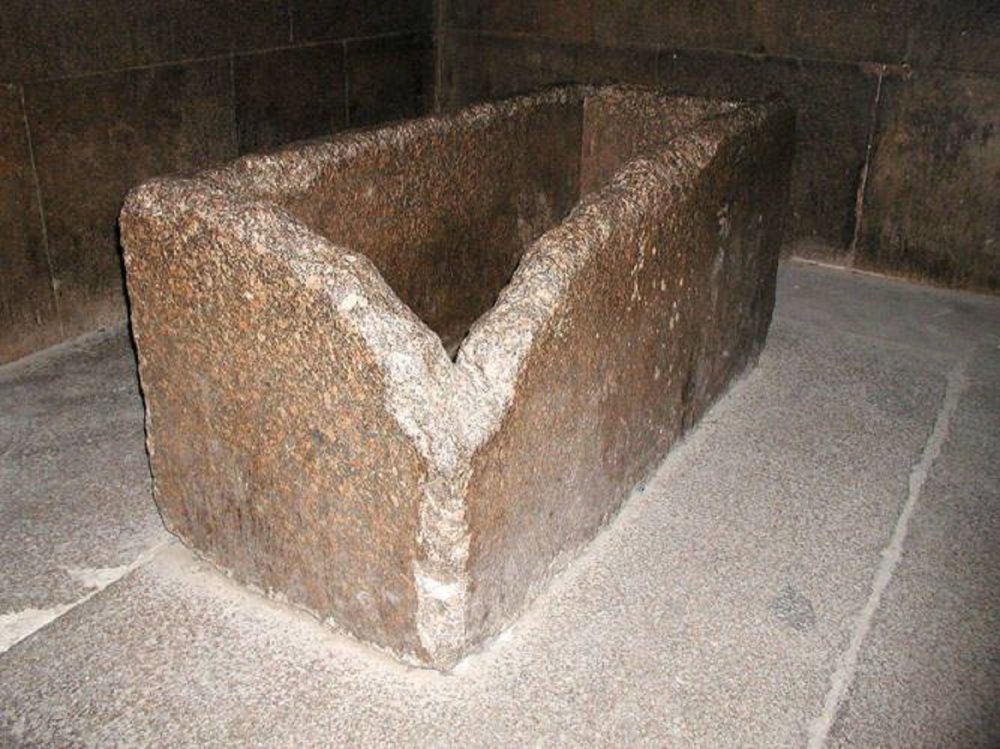
Have something to add? Visit Curiosmos on Facebook. Join the discussion in our mobile Telegram group.



